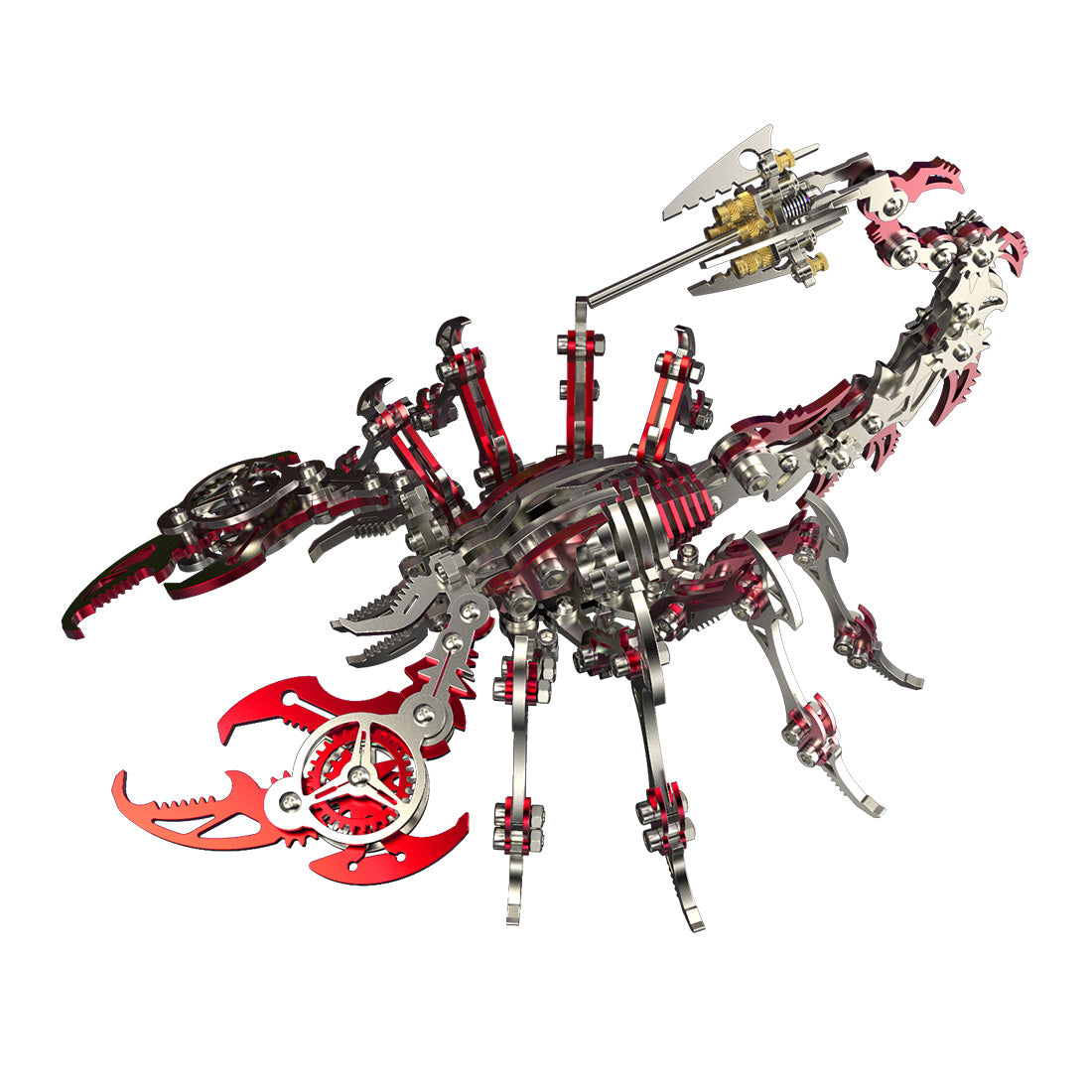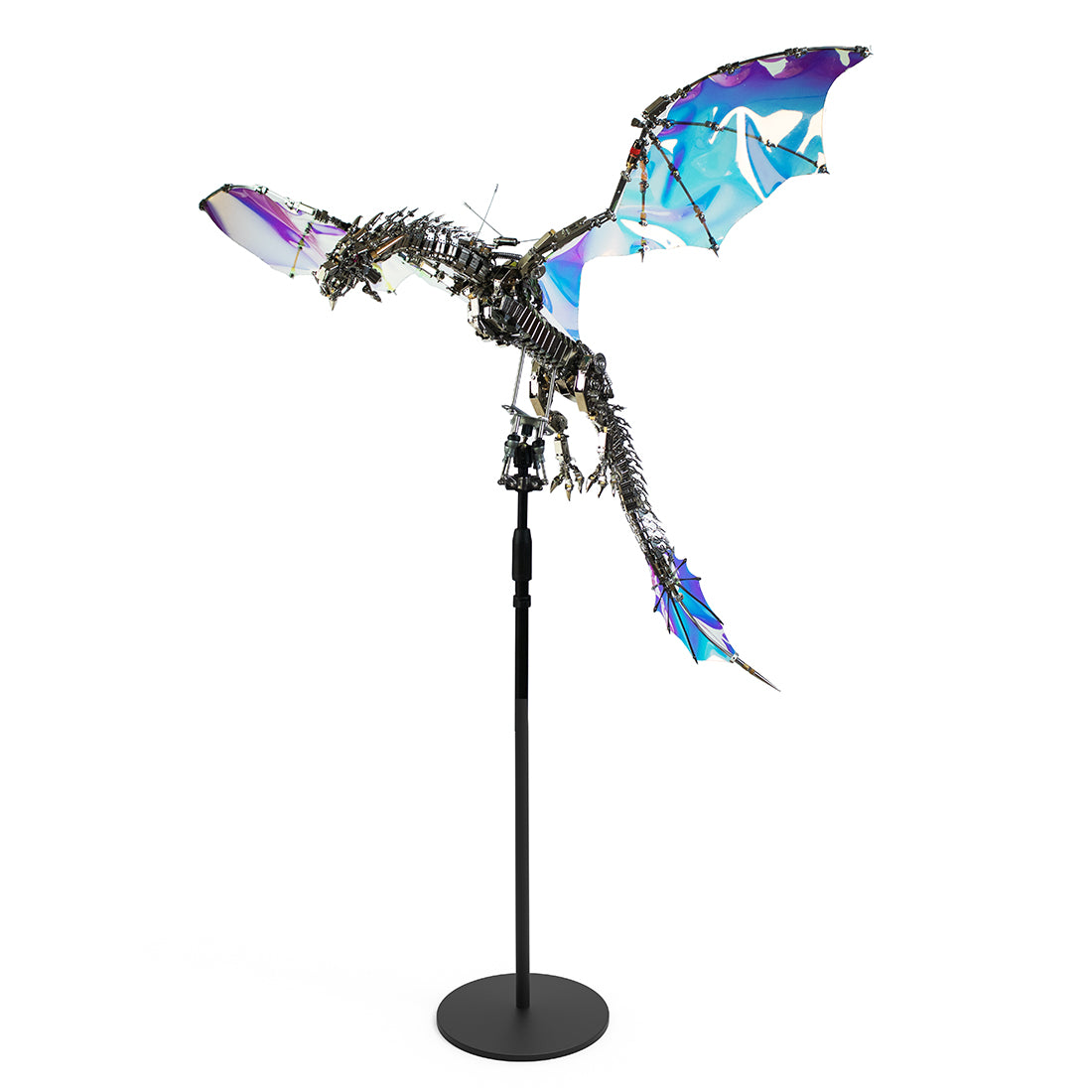Scorpions are one of the most fascinating and recognizable creatures on the planet. They have a long history, with fossil records dating back over 400 million years. Scorpions are found on every continent except Antarctica, and in a variety of habitats.
Why Do People Raise Scorpions?
Raising scorpions as pets is an increasingly popular hobby and is becoming more widely accepted. There are many reasons why people decide to own and raise scorpions, some of which are discussed below.
One of the primary reasons why people raise scorpions is because they are fascinating creatures. Scorpions are nocturnal and secretive, making them an intriguing addition to any home. They can be found in a variety of colors, sizes and shapes, further adding to their appeal. In addition, scorpions are highly adaptable and can survive in a variety of climates and environments. This makes them an ideal pet for those who live in climates that may be too cold or too hot for other types of animals.

Another reason why people raise scorpions is because they are relatively low maintenance pets. Scorpions require minimal care and do not need to be walked or groomed like other pets. They also do not need to be fed as often as other animals, as their diets typically consist of insects and other small animals. Scorpions also do not require a large space, as they are relatively small and can live in small aquariums or terrariums.
Scorpions are also seen as a symbol of power and strength. Their intimidating appearance and ability to survive in harsh environments has long been used as a metaphor for strength and resilience. For some people, the idea of owning a scorpion is a way to express their own feelings of strength and power.
Finally, many people raise scorpions because they are relatively inexpensive pets. While they do need to be housed in an appropriate environment, the cost of food and supplies is relatively low. This makes them a great option for those who are on a budget or have limited resources.
Raising scorpions can be a rewarding and educational experience for those who are willing to invest the time and effort into learning about them. For those who are looking for a unique pet with minimal maintenance requirements, scorpions can be a great choice.
How Many Types of Scorpions are There?
There are over 2,000 species of scorpions, each with its own unique characteristics and behaviors. Let’s take a look at some of the most common types of scorpions.
Emperor Scorpion
The Emperor Scorpion (Pandinus imperator) is one of the largest species of scorpion in the world, reaching lengths of up to 8 inches. They are native to the tropical rainforests of West Africa, and are very popular among pet owners. Emperor Scorpions have black exoskeletons and yellow to yellow-green legs. They live in burrows or tunnels in the ground, and can be found in both dry and moist habitats. Emperor Scorpions are not very aggressive and rarely sting, making them a good choice for beginning scorpion keepers.

The Emperor Scorpion is one of the most fascinating and unique species of scorpion in the world. Native to West Africa, this species of invertebrate is both beautiful and dangerous. With its distinctive black body, yellow-orange markings, and long pincers, the Emperor Scorpion is a sight to behold.
The Emperor Scorpion is an impressive and intimidating creature that is full of surprises. This species has a special adaptation that makes it stand out from other scorpions: its thick, black exoskeleton. This exoskeleton is incredibly tough and can protect the Emperor Scorpion from even the most deadly predators. Additionally, the exoskeleton is equipped with a special type of armor that allows the scorpion to survive in a variety of hot and humid climates, making it a truly unique species.

Not only is the Emperor Scorpion equipped with a special type of armor, but it also has a unique set of features that make it a formidable opponent. Its long pincers are used to capture and hold prey, while its long, thin body allows it to move with agility and stealth. The Emperor Scorpion also has an impressive range of venom, which it uses to defend itself against predators and capture prey.
The Emperor Scorpion is not only an impressive predator, but it is also an important part of the ecosystem. As it feeds on a variety of insects and small animals, it helps to keep the population of these pests in check. Additionally, the Emperor Scorpion often serves as a food source for other animals, such as birds, reptiles, and amphibians.
In addition to its impressive physical features and its importance in the ecosystem, the Emperor Scorpion is also a symbol of strength and power. Its bold black color, sharp pincers, and ability to survive in a variety of climates make it a symbol of strength and courage. Its presence in West African culture is also a reminder of the resilience and strength of the people of West Africa.
The Emperor Scorpion is an amazing creature that is both beautiful and dangerous. Its unique set of features and adaptations make it a special species in the world of arthropods, and its presence in West African culture makes it an even more special species. Its strength and resilience are an inspiration to many, and its presence in the ecosystem is an important reminder of the importance of conservation.
Arizona Bark Scorpion

The Arizona Bark Scorpion (Centruroides sculpturatus) is native to the deserts of the southwestern United States and northern Mexico. They are one of the most venomous scorpions in North America, and are characterized by their light tan to yellow coloration and long, slender pincers. Arizona Bark Scorpions prefer dry, arid habitats and are commonly found in cracks and crevices of rocks and trees. They are nocturnal hunters and feed mainly on insects and other arthropods.

Fat-Tailed Scorpion
Fat-tailed scorpions (Androctonus australis) are native to the deserts of northern Africa and the Middle East. They are one of the largest species of scorpions, reaching lengths of up to 6 inches. Fat-tailed scorpions have black exoskeletons and reddish-brown legs. They prefer dry, desert habitats and are commonly found in sand dunes and under rocks. They feed mainly on insects and other arthropods, and are known to be quite aggressive.

Deathstalker Scorpion
The Deathstalker Scorpion (Leiurus quinquestriatus) is native to the deserts of the Middle East and northern Africa. It is one of the most venomous scorpions in the world, and is characterized by its yellow and black coloration. Deathstalker Scorpions prefer dry, desert habitats and can be found in cracks and crevices of rocks and trees. They feed mainly on insects and other arthropods, and are known for their aggressive defensive behavior.

Hairy Scorpion
The Hairy Scorpion (Hadrurus arizonensis) is native to the deserts of the southwestern United States and northern Mexico. They are one of the largest species of scorpion in the world, reaching lengths of up to 6 inches. Hairy Scorpions have black exoskeletons and yellow to yellow-green legs. They prefer dry, arid habitats and are commonly found in burrows or tunnels in the ground. They feed mainly on insects and other arthropods, and are not very aggressive.


Stripe-Tailed Scorpion
The Stripe-tailed Scorpion (Hottentotta tamulus) is native to the deserts of India and Sri Lanka. It is one of the smallest species of scorpion in the world, reaching lengths of up to 2 inches.

Do scorpions bite humans?
Scorpions are a type of arachnid, related to spiders, mites, and ticks, that can be found in almost every part of the world. They are typically nocturnal creatures, usually found in damp and dark places such as under rocks or logs. Scorpions have a pair of claws, four pairs of legs, and a segmented tail that ends in a venomous stinger. While their diets typically consist of insects, some species are known to eat other arachnids, small vertebrates, and even plants.
Scorpions are often feared due to their venomous stingers, and many people wonder whether or not they can bite humans. The answer is yes, scorpions can bite humans, but it is rare. Scorpions are predators and usually use their stingers to defend themselves against perceived threats, such as larger animals, rather than to attack humans. Furthermore, most scorpion species are too small to break through human skin, so a scorpion bite would not be very painful.
However, this does not mean that scorpion bites should be taken lightly. While most scorpion stings are relatively harmless, some species can deliver a venomous sting that can cause pain, swelling, and inflammation. In extreme cases, a scorpion sting can be fatal, especially in young children or the elderly. Therefore, it is important to take precautions when dealing with scorpions, such as wearing protective clothing and avoiding places where scorpions are likely to be found.
It is also important to note that some people are allergic to scorpion venom, and may experience a severe reaction even from a non-venomous sting. Therefore, it is important to seek medical attention immediately if you have been stung by a scorpion.
In conclusion, while it is possible for scorpions to bite humans, it is not a common occurrence. Scorpions usually use their stingers as a defensive measure, and most species are too small to break through human skin. However, it is still important to take precautions when dealing with scorpions and to seek medical attention if you have been stung.
Is it Good to Build a Metal Scorpions Kits?
Building a metal puzzle is a great way to challenge one's problem-solving skills and patience. It requires a person to use their mental and physical capabilities to complete the task, which can have a positive effect on cognitive development. Metal puzzles can also help improve spatial awareness, fine motor skills and hand-eye coordination. Additionally, when a person is able to complete a metal puzzle, they may experience a sense of accomplishment or pride. Such positive emotions can lead to improved self-esteem and emotional well-being. Lastly, metal puzzles are great for entertaining people of all ages, making them a great family activity.
Building a metal scorpion kit provides a great educational benefit to children. It encourages problem-solving skills and develops hand-eye coordination. With the step-by-step instructions, children learn to follow directions and gain a sense of accomplishment as they build their own model. Through the process, they can learn about the anatomy of a scorpion and gain knowledge about how it moves and how it survives in its environment. Additionally, this type of kit allows for creative expression and can spark an interest in the sciences. Building a metal scorpion kit is a fun way to engage children in learning and to help them develop valuable skills.



















